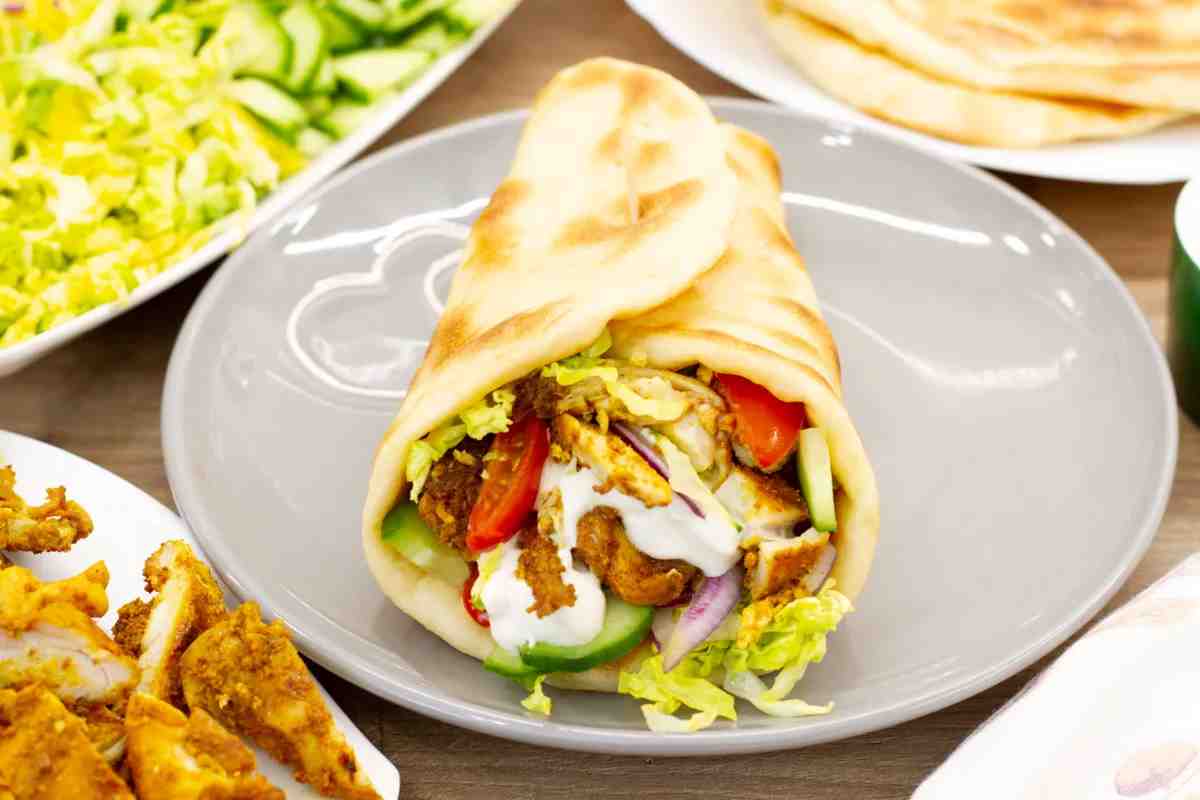At a Glance
- North African street foods blend heritage, affordability, and bold flavor.
- Markets and street vendors are driving renewed global interest.
- Traditional dishes remain central to local identity and daily life.
African street food has become one of the continent’s most reliable entry points for travelers, locals, and food lovers hoping to understand how ordinary people cook and eat every day.
What was once seen simply as affordable convenience now stands as a reflection of heritage, community, and regional identity.
In markets from Tunis to Tangier, the aroma of frying dough, spiced meats, and simmering vegetables signals more than hunger — it tells a story of place.
Across major cities and rural towns, vendors carry traditions that stretch across generations.
Many recipes were shaped by trade routes, colonial influence, and migration, leaving behind dishes that feel both familiar and distinctly tied to North African culture.
These foods endure not only because they are inexpensive, but because they offer flavors that connect people to home.
The recent rise of food tourism has pushed these snacks further into the spotlight.
Travelers looking for genuine experiences now skip formal dining rooms in favor of crowded alleys, open-air markets, and street corners where vendors prepare meals in full view.
This shift has given long-standing recipes renewed recognition, highlighting the craft and care that go into everyday cooking.
With global interest in regional cuisine growing, many of North Africa’s most popular street foods are attracting fresh attention while maintaining the simplicity that made them household favorites.
Below is a closer look at some of the dishes that continue to define the region’s culinary identity.
Karantika
Karantika — also called calienté — is one of the most comforting North African street foods, popular across Algeria and Morocco.
The name is rooted in the Spanish word calentita, meaning “warm,” a nod to its early origins among working-class communities.
Today it remains a filling, affordable snack often enjoyed by students, commuters, and families.
The dish is made from chickpea flour mixed with water, eggs, oil, and spices, then baked until a golden crust forms on top while the center stays soft and custard-like. Many vendors serve it with bread or a drizzle of harissa.

Shawarma
Shawarma is one of the most recognizable Middle Eastern dishes found throughout North African markets.
Its origins trace back to the Ottoman era, named after the rotating skewer used to cook thin slices of seasoned meat.
Prepared with lamb, beef, or chicken, the meat is marinated for hours, stacked on a vertical spit, and slowly roasted.
As it turns, it cooks in its own juices, creating tender, flavorful slices packed into wraps or warm bread.
Each vendor’s marinade — often heavy with garlic, lemon, and spices — gives the dish its character.
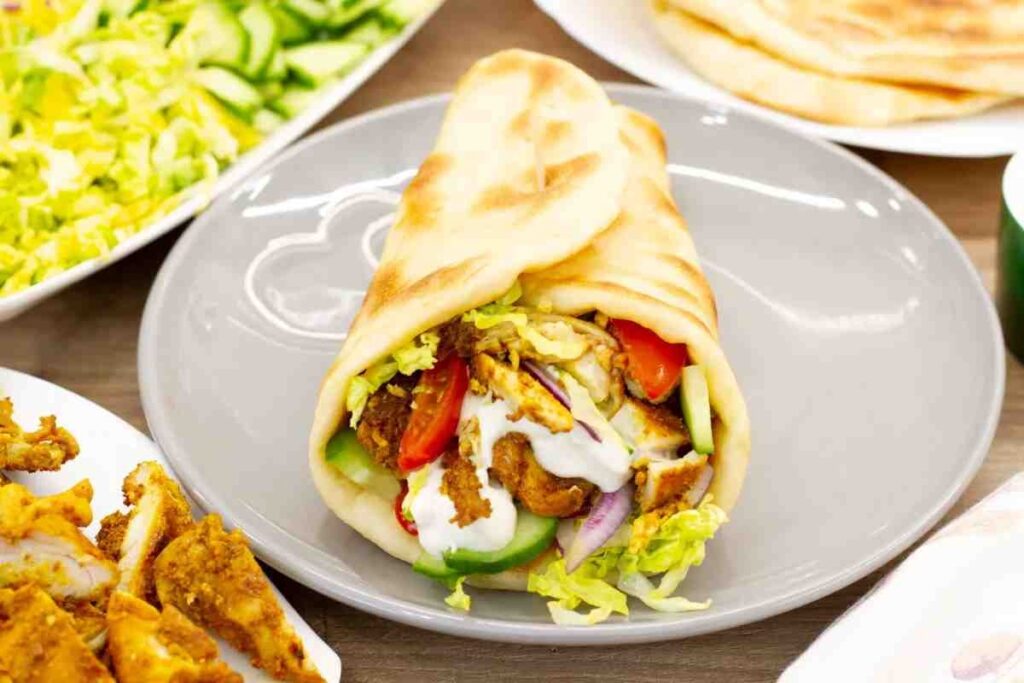
Maakouda
In Morocco, Algeria, and Tunisia, maakouda is a dependable favorite.
The golden potato fritters are sold in street stalls and markets and are eaten as snacks, sandwich fillings, or simple side dishes.
The mixture combines mashed potatoes with garlic, parsley, spices, and flour before being shaped into small discs and fried until crisp. Some variations include tuna, minced meat, or cheese.
Vendors often serve them with harissa or lemon for extra brightness.
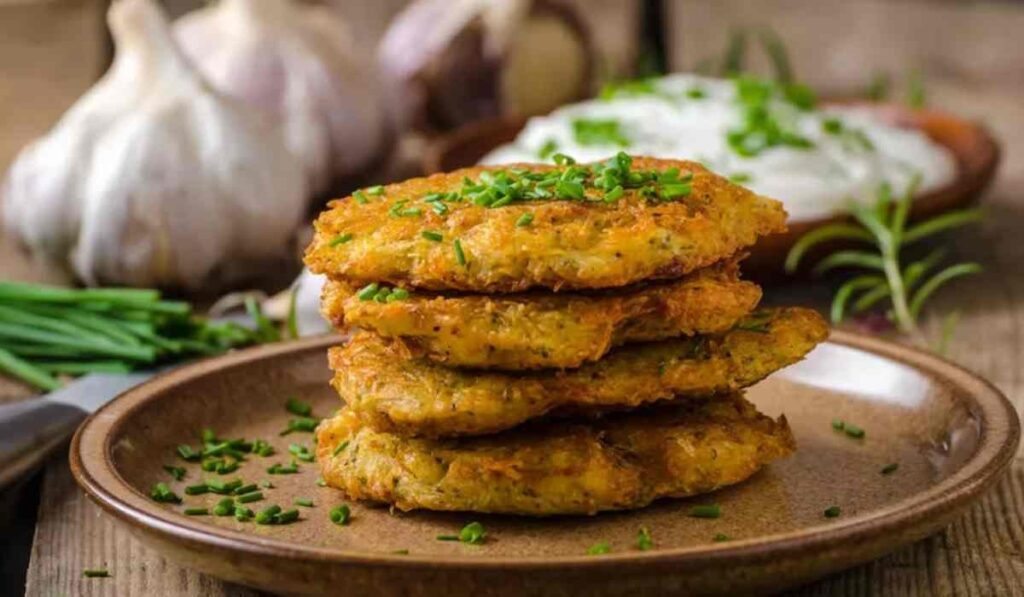
Mahjouba
A staple of Algerian street food, mahjouba is a flaky, semolina-based flatbread similar to a thick crepe.
Vendors fill it with slow-cooked tomatoes and caramelized onions, creating a savory and slightly sweet mixture wrapped in crisp layers.
Mahjouba is served hot and is widely enjoyed as a quick lunch or snack by market shoppers and office workers.

Sfenj
Sfenj — popular throughout Algeria and Morocco — is a simple yet beloved fritter.
Made from sticky dough shaped into rings, the fritters are deep-fried until golden on the outside and soft on the inside.
They are best eaten warm, either plain or dusted with sugar.
In many markets, vendors display them on hooks, creating one of North Africa’s most recognizable street-food scenes.

Egyptian Falafel (Taameya)
Taameya is widely considered one of the earliest forms of falafel. Unlike the chickpea-based versions common elsewhere, Egypt’s taameya uses fava beans, which create a softer interior.
The mixture blends fava beans with leeks, onions, herbs, and spices before being shaped, coated in sesame seeds, and fried.
The fritters are served for breakfast or lunch with bread, salads, and tahini-based dips.
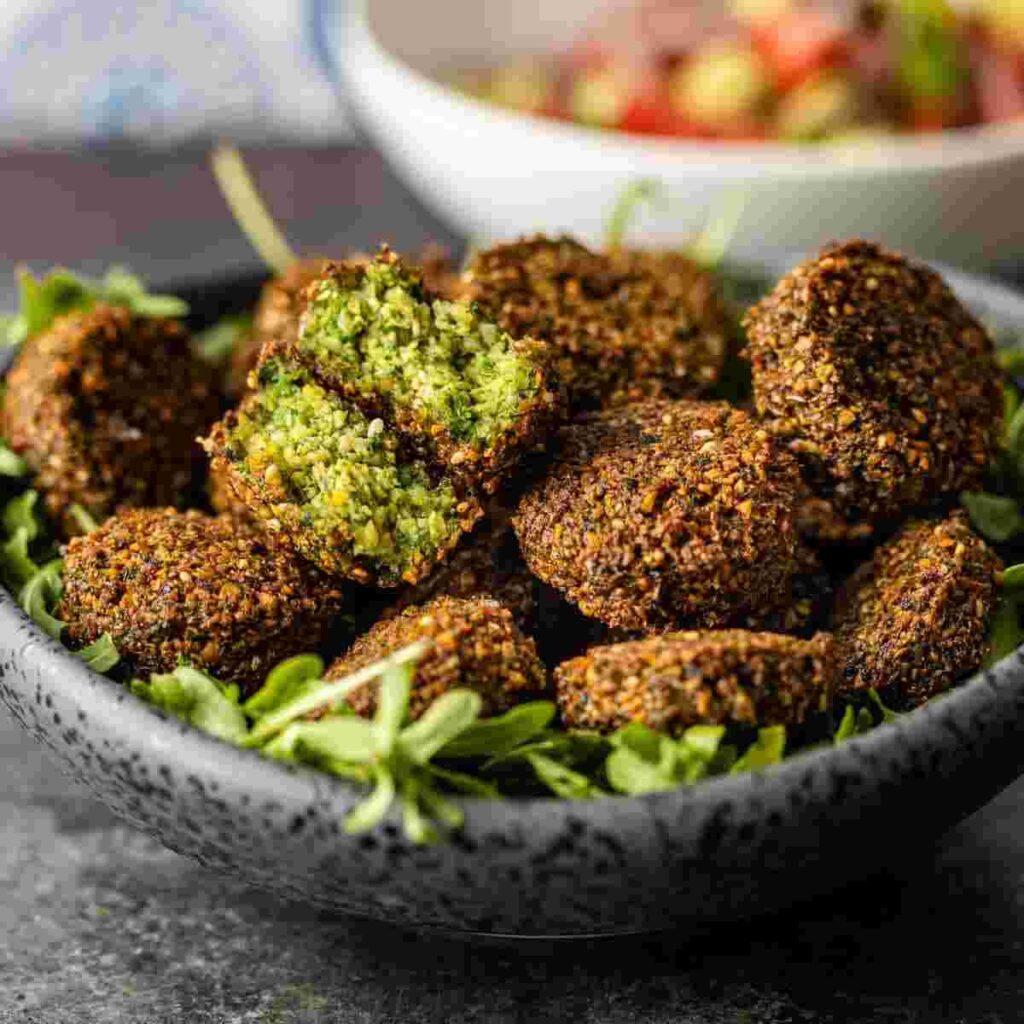
Brik
A classic of Tunisian street food, brik is made using thin pastry — traditionally malsouqa — folded around a savory filling and fried until crisp.
Common fillings include tuna, herbs, coriander seeds, chilies, and sometimes a raw egg that cooks gently inside the pastry. The result is a crisp exterior with a warm, rich center.
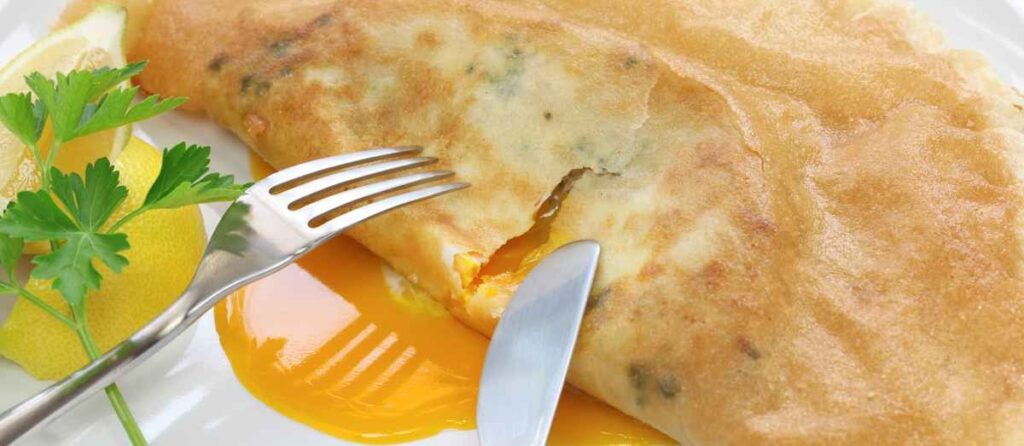
Hawawshi
Hawawshi is a favorite across Egypt’s households and street stalls.
It features baladi bread stuffed with seasoned minced meat, onions, and peppers, then baked until the bread becomes crisp and the filling cooks through.
The dish is commonly served with pickles, salads, or dips and remains a popular choice for a quick, hearty meal.
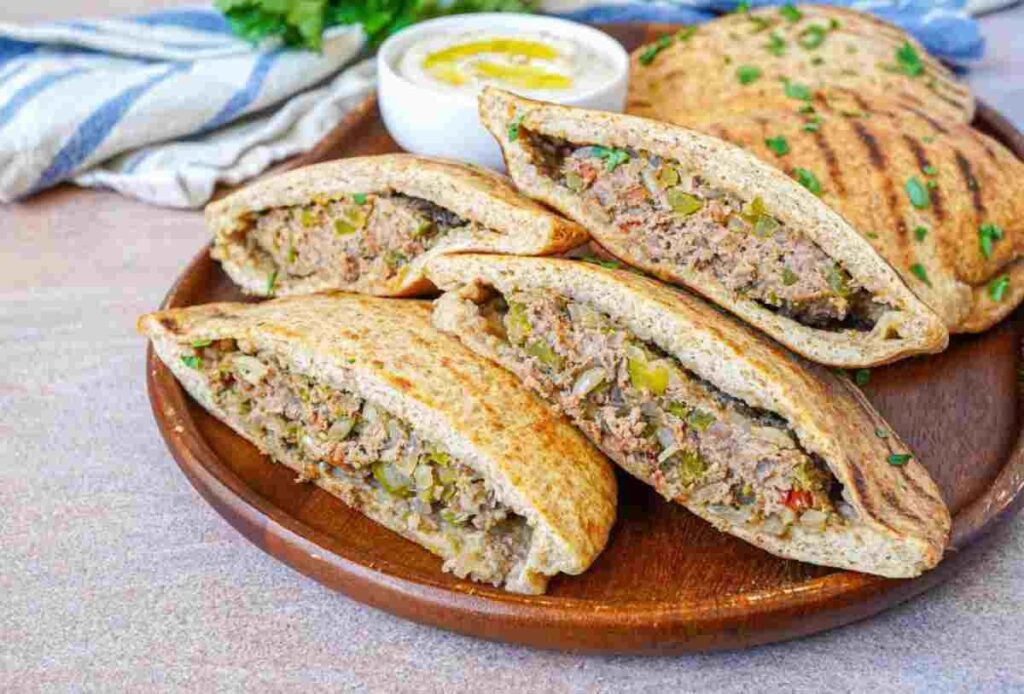
Suya
Suya is a popular West African street food made of skewered, spicy grilled meat, often beef or chicken.
Coated with a peanut and chili spice mix, it’s sold at roadside stalls, markets, and night spots, offering a bold, smoky flavor with every bite.
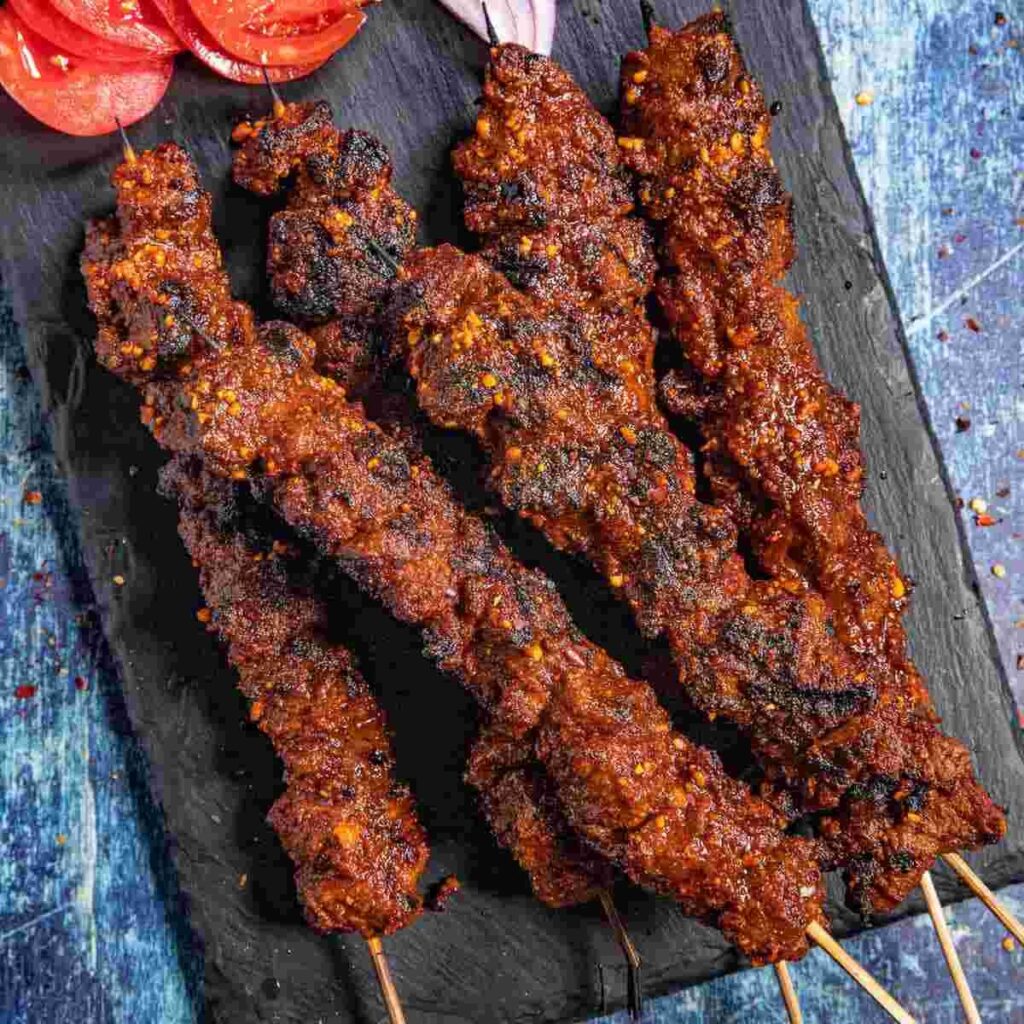
Kebda Eskandarani
Kebda Eskandarani, or Alexandrian liver, is a spicy Egyptian specialty made with sliced beef liver sautéed with garlic, cumin, cardamom, and chili peppers.
It is usually served in sandwiches or alongside warm bread, rice, and lime.
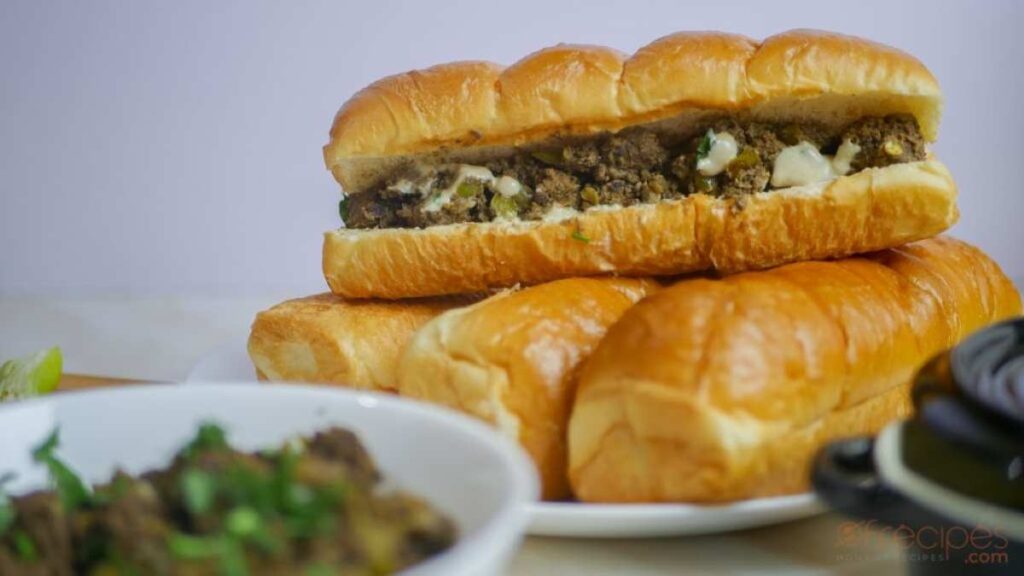
Although its exact roots are unclear, the dish is deeply linked to Alexandria’s food culture and remains a favorite for those looking for a quick, protein-rich meal.
North Africa’s street foods continue to stand out not only for their flavor but for the stories they carry.
These dishes remain part of daily life, shaped by families, vendors, and communities that have kept these recipes alive for decades.
As travelers and food lovers look for deeper, more authentic experiences, these meals offer a clear window into the region’s culture and the people who define it.

